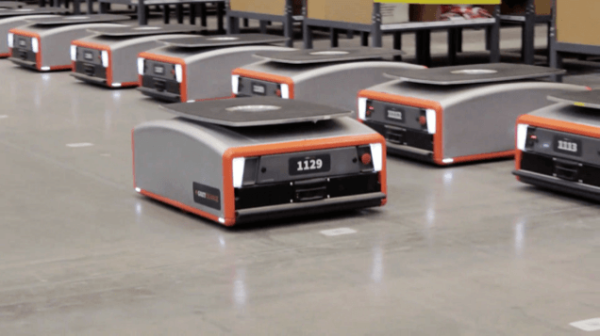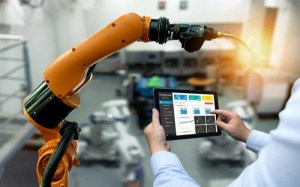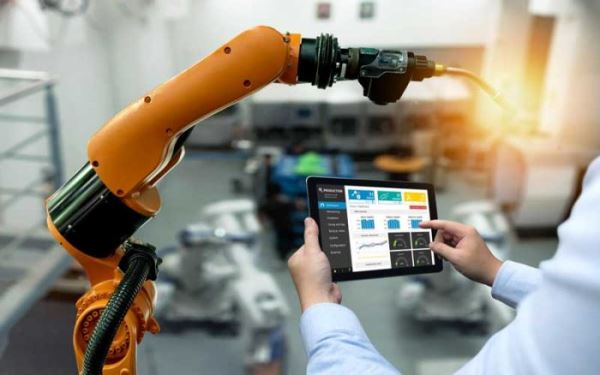Manufacturers across India are embracing robotics and automation to make their factories smarter.
According to The World Robotics 2019 report by the International Federation of Robotics (IFR), sales of industrial robots in India reached a new record of 4,771 new units installed in 2018, an increase of 39 percent compared to the previous year (2017: 3,412 units).
India now ranks eleventh worldwide in terms of annual installations – three places higher compared to the previous year and ahead of Singapore, Canada and Thailand. The operational stock of robots rose to about 23,000 units, which is a 21 per cent increase compared to 2017.
The report also identified Asia, which includes Australia and New Zealand, to be the largest industrial robot market but found that growth slowed down in 2018. According to IFR, 283,080 units were installed in 2018 which is up one per cent than the previous year.
However, this is still a new peak for the sixth year in a row. In 2018, 67 per cent of newly deployed robots were installed in Asia. From 2013 to 2018, annual robot installations rose by 23 per cent on average per year.
Automotive potential
The automotive industry remains the largest customer industry for India by far, with a share of 44 per cent of total installations. But the strongest growth driver in 2018 was the general industry, increasing by 28 per cent, consisting of the rubber and plastics industry, the metal industry and the electrical/electronics industry. Robot use in non-automotive manufacturing is catching up with the automotive sector.
India’s automation potential is illustrated by a low robot density figure in the automotive industry: 99 industrial robots per 10,000 employees is less than a fourth of Indonesia’s density (440 units) and far away from China (732 units) and the frontrunner Korea (2,589).
Looking forward
Prospects for further increasing robot installations are promising. The Indian GDP is expected to grow by more than 7 per cent in 2019 and companies across many industries intend to expand capacities. India has a young population, hence a strong workforce in need of jobs.
The country needs to expand its manufacturing industry to create more job opportunities. Higher wages and the rising share of affluent citizens in India are the main drivers of a growing and promising consumer market.
“India is one of the strongest growing economies among the emerging markets in Asia,” Junji Tsuda, President of the International Federation of Robotics says.
“Whilst the recent global results were quite moderate, India saw an impressive growth rate of 39% in 2018. The number of robot installations has been growing rapidly for several years now. Between 2013 and 2018, India saw a compound annual growth rate of 20 percent.”


